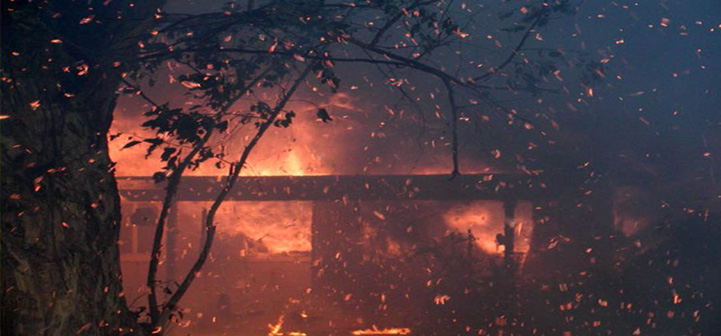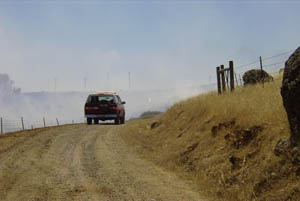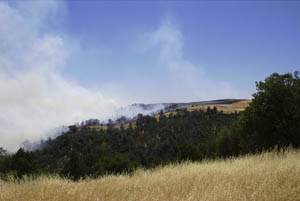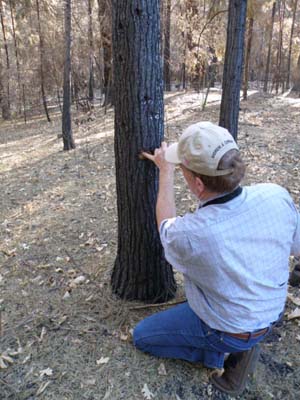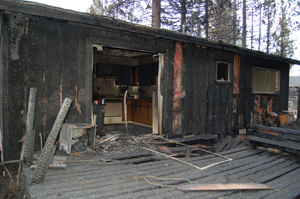Article Written by:
Glenn Nader, University of California Cooperative Extension, Yuba City, CA
There is no universal answer to when it is too late to safely evacuate in a fire, as fire location and speed will vary greatly. In general, traveling on the roads when the fire is in the area increases the risk. The closer the fire, the more dangerous it is to be on the road as smoke can limit visibility, and evacuation routes can be cut off …
